Last year, consumers were facing a disparate obstacle: Inflation. The fact that prices are likely to rise further encourages consumers to shop earlier to make the most of discounts and deals on holiday gifts! For many customers, pricing will be a deciding factor in whether to purchase or not. This means brands should start leveraging the key milestones with pricing tactics for Black Friday and Cyber Monday(BFCM) seasons to boost sales!
Estimated reading time: 8 minutes
Table of contents
Get ready for a different holiday season
We can say that the holiday season will be disparate this year. Ecommerce penetration and digital transition efforts around the globe are at unprecedented levels. The change in expectations is highly affecting consumer behaviors. Market watchers stated that an “inflationary psychology” is starting to set in, which describes a situation where consumers expect future prices to be higher than they are at present, creating less short-term resistance to spending.
Therefore, retailers have to start planning months before the holiday season. This is because it’s time to prepare for the critical revenue opportunities the holiday season presents.
The 2022 Annual Holiday Consumer Shopping study found that holiday shoppers plan to shop earlier, increase spending, and turn to TV streaming for entertainment and information.
Not only the sheer number of first-time online shoppers and new competitors but more than anything, you should focus on changing spending habits. This makes it difficult to stand out from the crowd using old tactics.
In this new shopping environment, you need to;
- Understand what shoppers expect from you
- Anticipate how inflation and post COVID-19 situation will affect shopping behavior
- Build/try out new strategies to adapt to changes
Did you know that more than %80 of customers have developed new shopping behaviors during the pandemic?
Based on our research about Holiday Seasons Sales from the last few years, we’ve gathered some pricing strategies and tactics you can use for a successful holiday season.
Before diving into pricing strategies, let’s first take a look at the effects of inflation.
How will inflation impact the holiday season in 2023?
With the current inflation rate of 8.5% in the US, prices are unlikely to change without a holiday season.
Claire Tassin, retail and Ecommerce analyst at Morning Consult said: ‘’Retailers are in a really competitive environment right now, so they have a strong incentive to offer strong deals and discounts despite their own inflationary constraints,”
Despite these facts, it’s important to note that inflation is expected to drive more consumers online. Why?
To catch deals.
To remain competitive and offer good prices, retailers can adopt pricing strategies and capture the attention of price-sensitive customers.
Jessica Mireles, Walmart’s senior director of merchandising for toys, said in an interview: “We know customers are shopping early and searching for the best deals,”
How can you offer the best deals?
To answer your questions, let’s take a look at pricing strategies you can apply for the holiday season!
Take every chance to improve profitability
It’s going to be a longer than usual season.
Think of it as a marathon. People are going to start holiday shopping earlier this year and will be looking for good deals for weeks.
Make sure your products don’t run out of stock. Those who visit your store and see what they want is out of stock might not come back.
More importantly, monitor competitors’ stock information. When they’re out of stock, you can improve profit margins.
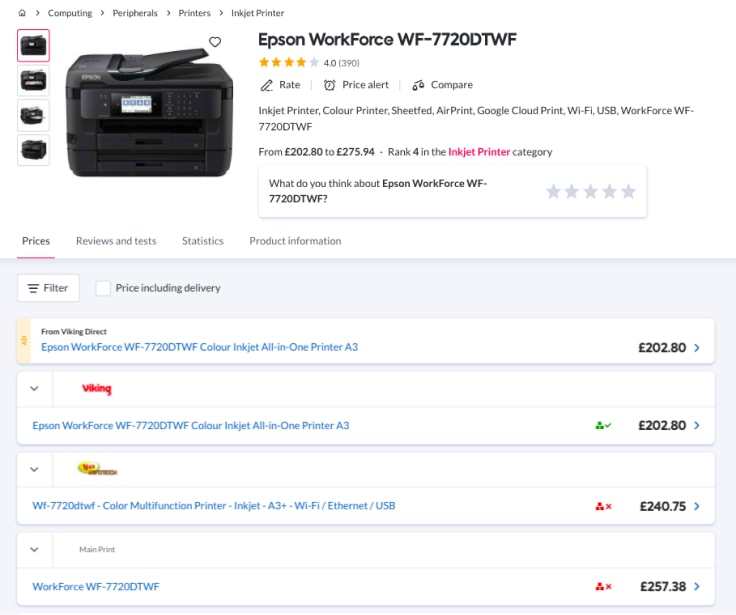
This store could easily charge £40 more.
But even if it’s a slight increase that won’t alienate your customers, it’ll still make a huge difference in revenue considering the high demand.
Track competitors, set dynamic prices
One thing is for sure: pricing tactics. You need to offer competitive prices.
See, price is the top priority for the financially strained consumer. One survey found that 36% of online shoppers are shopping with more brands this year, which is a great opportunity for small businesses.
However, the same survey also found that shopper loyalty decreases as people spend more time online, seeing more stores that offer discounts and deals. 45% of shoppers reported they are now less loyal to brands they love.
Apart from that, holiday shoppers come with a certain expectation that the deals are going to be better, compared to the rest of the year.
Perhaps more important than all, your competitors are likely to offer deep discounts to get rid of dead stock.
That means you need to be monitoring your competitors and set flexible prices that you can adjust on time.
Having access to competitors’ prices during a peak season is crucial. To do that, you can use a competitor price tracking tool that helps automate and simplify pricing while closing the gap between competitors’ prices. So, this way, you can understand their sales strategies and predict possible set of tactics in the upcoming holiday season periods.
Use loss leaders
One of the greatest pricing tactics for the holiday season is loss leader pricing.
Loss leaders are products sold at a loss to drive traffic to a store. If you pick the right products, you can drive enormous traffic to yours.
Here’s how.
Comparison shopping engines are an incredible traffic source for you.
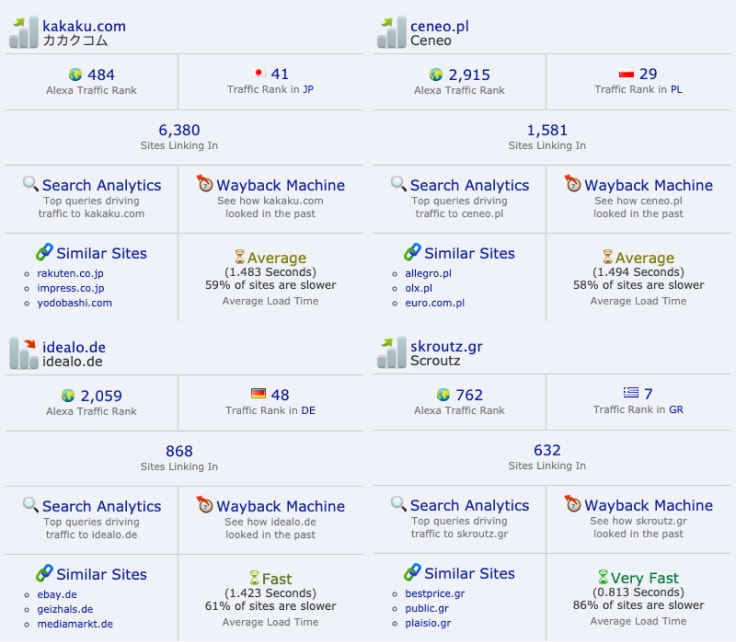
For instance, Skroutz is a comparison shopping engine in Greece, and it’s one of the top ten highest-traffic websites.
As you can see, they all are the top-ranking websites in the countries they serve.
If you offer the cheapest deal on a popular product, you’ll bring in all the shoppers who visit these websites or ones that use Google Shopping—a.k.a., all of us.
I know that matching a giant retailer’s offer is always difficult, especially when they have a huge assortment they use to compensate for the loss from unprofitable transactions.
But you must do your best to get the best deal from your supplier, specifically on popular products. Remind them it’s a big opportunity and you’ll both win if you combine your efforts.
Adopt up-selling & cross-selling
Upselling can help you grow your average order value (AOV) with relatively little marketing effort.
Upselling is a strategy of encouraging your customer’s purchases to be more expensive with an upgrade or premium version.
Cross-selling is another great practice that encourages customers to purchase more. The difference is that cross-selling offers complementary and additional purchases for the main product that customers are willing to buy.
For example, if you are purchasing a pillow, the cross-selling will show you related products such as a set of sheets or pillowcases.
In ecommerce, cross-selling is used all the time. According to McKinsey, cross-selling can increase sales by 20% and profits by 30%.
You can adapt cross-selling in the product pages, shopping carts, or checkout process.
Offer personalized discounts
We all know that standing out from the crowd during the holiday season is more difficult than preparing for it.
Shoppers receive countless generic discount emails, and they only use a few.
At that point, remember that consumers expect more personalized experiences from brands these days. The major part of that is how pricing is treated by different consumers.
Since many items are much more expensive compared to last year’s prices, discounts will help to pull them down to more familiar price levels.
Personalized discounts are one of the best data-driven pricing tactics for offering shoppers discounts they can use on products they want. Personalized discount and price drop emails work much better than generic ones.
Here’s how Uniqlo does it.

If you’re not tracking customer data, start today.
Observe your customers purchasing behavior, track their browsing behavior, find the products they’ve left in their carts and added to their wish lists.
Instead of sending out generic discounts, send your customers discount codes they can use on products they’ve shown interest in.
Consider previously used discounts to determine what type of discounts will entice them.
Quick tips for personalized discounts
- Send promotional SMS to your most loyal customers.
- Inform your existing customers earlier about discounts.
- Send emails that include a push button.
Offer custom bundles
Bundles are great pricing tactics to entice customers to make impulsive purchases. Even if they have plans to buy merely a laptop and a headphone, you can add a hard drive to that bundle with an enticing offer.
But the thing is, shoppers plan to cut spending this year, and they wouldn’t trifle their money away unless they’re truly interested in the product.
One brilliant strategy to avoid both steep discounts that diminish profit margins and generic bundles that won’t sell is offering custom bundles.
If you offer a 20% discount on a bundle that shoppers can create themselves, it can work much better than a 30% discount on a bundle you create.
Keep in mind
BFCM can be the busiest time of the year for holiday shopping. So, it’s important to make sure that your online store is ready for that influx of visitors.
Looking at your site speed and the ways in which you can decrease the load times on your website can be beneficial. Consider that 57% of shoppers admit to leaving an online store due to site speed alone.
Site stability should be front of mind when thinking about holiday readiness as a huge BCFM season is coming up!
Wish you the best holiday season!
The consumer is changing. Track customer data, try to get to know your customers better. Learn what they’re expecting from this holiday season and your store.
Offer competitive discounts let customers know about them from early on.
Remember that price optimization is the key for brands going into the holiday season.
Test these pricing tactics for the holiday season and let us know how did it go!
holiday marketingpricing strategies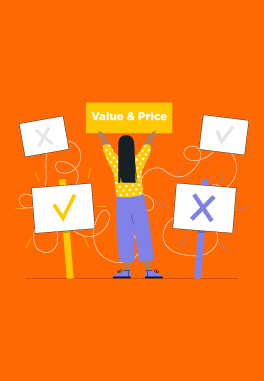
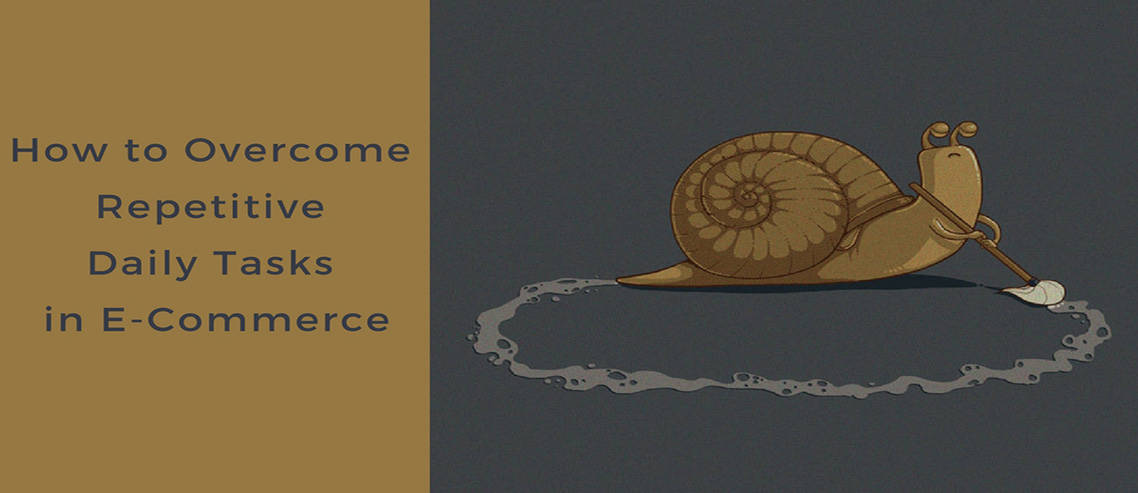
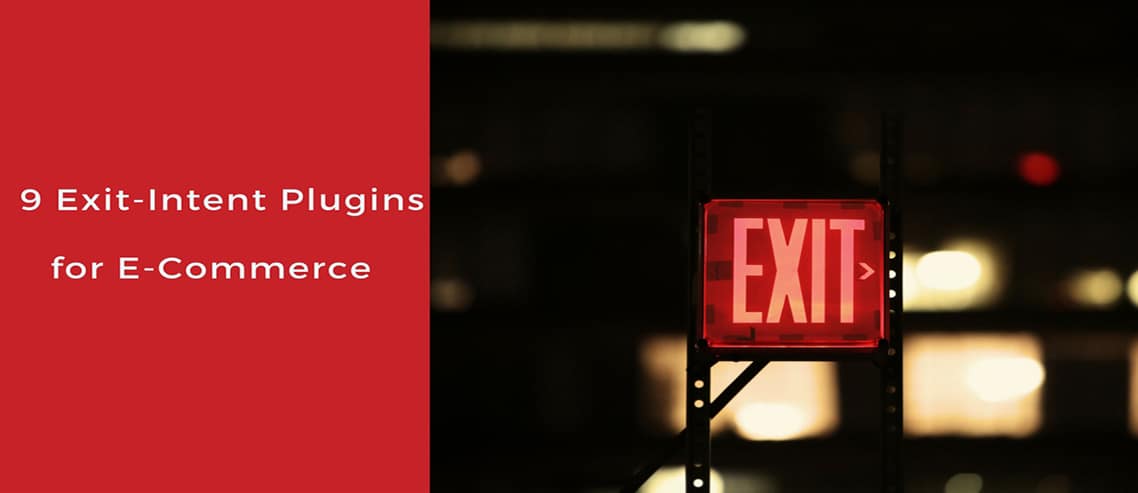
Leave a Reply